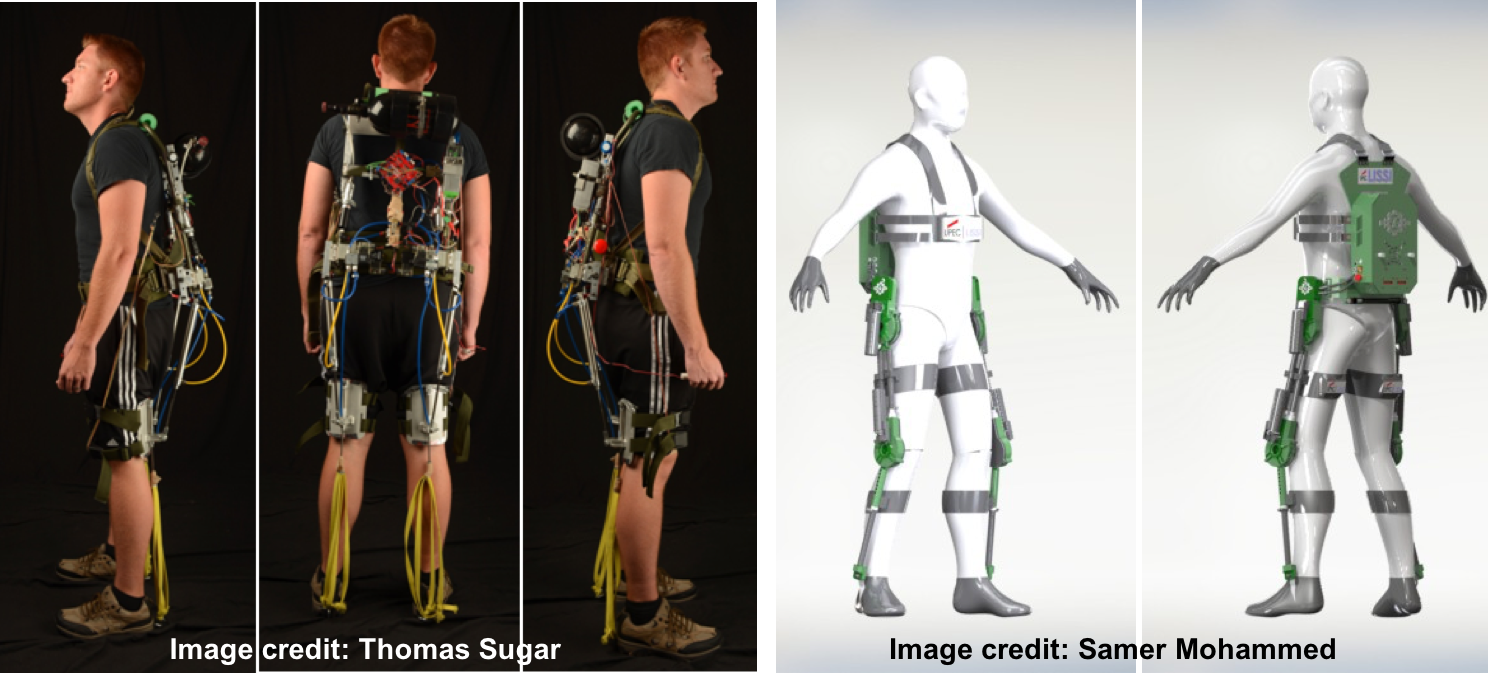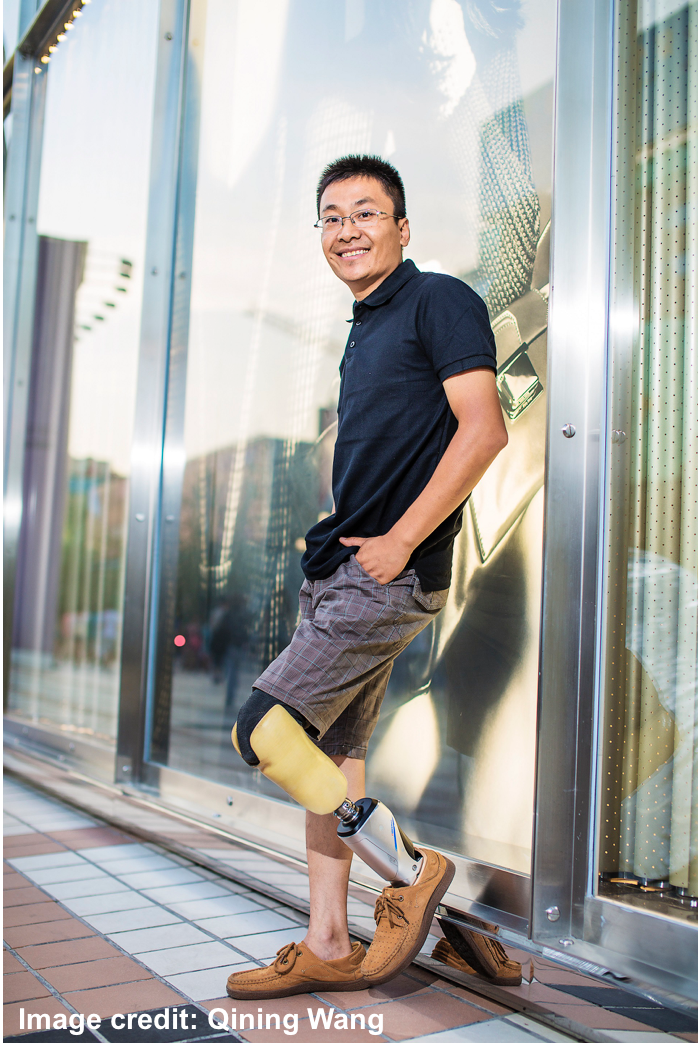Scope
The IEEE/RAS Technical Committee (TC) on wearable robotics will provide a platform for practitioners and researchers to exchange information and resources related to the fields of wearable robots to augment human movement abilities in several sectors, from the enhancement of workforce to movement rehabilitation and motion assistance for disabled and elderly/weak people as well as healthy ones.

The proposed TC seeks to gather researchers within the RAS community from different backgrounds to discuss and learn about this highly interdisciplinary field (safety, ergonomics, lightweight efficient actuation, control, autonomy, human-machine interaction, soft robotics, wearable sensors, textile and apparel design, material science). This TC will provide discussions about the state of the art, challenges and limiting factors for developing sustainable wearable robots for assistance, augmentation and rehabilitation of human movements in real-life scenarios. It will highlight particularly issues related to novel kinematics and actuation solutions for wearable robots as well as the growing challenges of using novel human-robot multimodal interaction paradigms. Issues related to cognitive/physical human robot interactions, will be also treated.

The proposed solutions aimed at promoting include: complete wearability, portability, adaptability, energy harvesting and reliability of the device, as well as user's safety. Additionally, the proposed TC will also be the platform to promote international initiatives, innovative and/or industrial solutions for the assistance of frail people, which will provide an excellent opportunity to share information and technology transfer between experts from different fields such as medical, social, caregivers and industrials.
Relevant topics include, but are not limited to:
|
 |